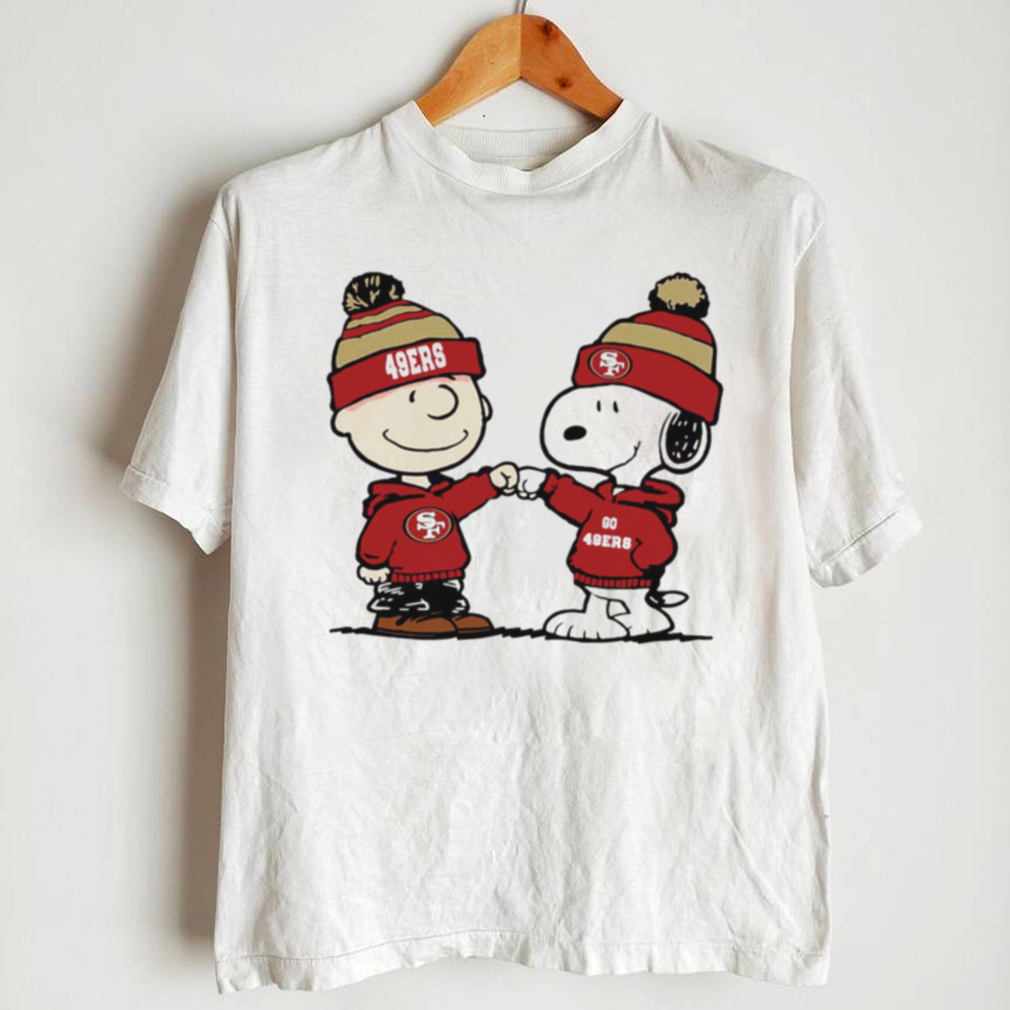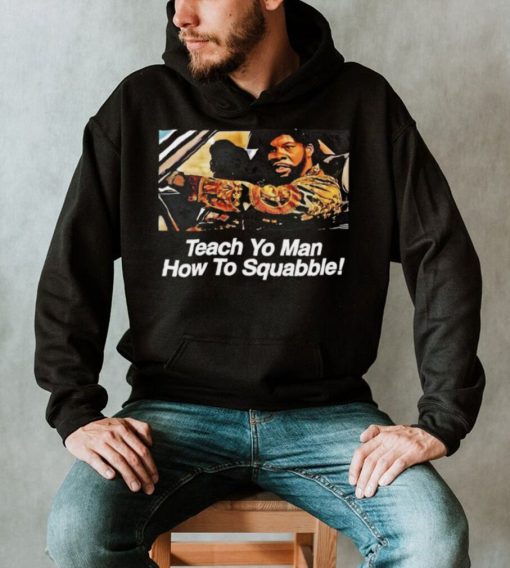Understanding the “Shock Doctrine”: Crisis, Exploitation, and Privatization Explained
The “**Shock Doctrine cycle of crisis exploitation and privatization shirt**” immediately brings to mind the groundbreaking work of author and social activist Naomi Klein. This shirt isn’t just a piece of apparel; it’s a powerful statement, representing a critical lens through which to view major global events. It speaks to the concept of “disaster capitalism,” where moments of **crisis** – whether natural disasters, wars, or economic meltdowns – are allegedly exploited to push through radical, often unpopular, free-market policies, leading to widespread **privatization** and deregulation. For those who believe in challenging established narratives and understanding the hidden forces at play in our world, this shirt is a thought-provoking conversation starter.
The prominent entities embedded in the title are the “**Shock Doctrine**” itself, a concept popularized by Naomi Klein’s 2007 book, and the core elements of this theory: **crisis**, **exploitation**, and **privatization**. The unique attribute here is the depiction of a “cycle,” suggesting a recurring pattern where crises are not just responded to, but strategically utilized for specific economic agendas. Klein’s book posits that proponents of neoliberal economics, particularly those influenced by Milton Friedman and the Chicago School, have historically used moments of collective shock to implement policies that systematically deepen inequality and enrich elites. This bold claim, backed by extensive research and case studies from around the world (e.g., Chile in the 1970s, post-Soviet Russia, and Iraq after the 2003 invasion), serves as a viral trigger, prompting critical examination of power structures. If you like to zoom in this way, the shirt’s graphic might visually represent this cycle: perhaps a storm cloud (crisis) morphing into a corporate logo (exploitation/privatization), or a series of interconnected gears illustrating the systematic nature of the doctrine. For another shirt with a powerful message, consider this Superman Black Adam We Should Talk Shirt, delving into complex character dynamics.
—
Historical Context: Real-World Examples of the Shock Doctrine
How has the “**Shock Doctrine**” played out in real-world scenarios, leading to the **exploitation** of **crises** and subsequent **privatization**? Naomi Klein’s extensive research provides numerous examples. One of the most cited is the aftermath of Hurricane Katrina in New Orleans, where, according to Klein, the devastation was used to rapidly privatize the public school system, replacing public schools with privately run charter schools. Another significant example is post-Soviet Russia, where “shock therapy” economic reforms led to widespread privatization and the rise of oligarchs.
This shirt serves as social proof of the enduring relevance of Klein’s work and the ongoing debates surrounding neoliberal policies. Klein argues that these policies were often implemented when populations were too distracted or overwhelmed to resist effectively. The surprising statistic is how quickly some of these reforms were enacted following major shocks; for example, within 19 months after Hurricane Katrina, New Orleans’ public school system was almost entirely replaced by charter schools. Here’s the part they didn’t tell you: the concept of “shock therapy” was originally a term coined by economist Milton Friedman to describe rapid free-market reforms, but Klein adapted it to highlight the often coercive and undemocratic methods used to implement them. This emotional risk of losing public assets and services in times of vulnerability is a potent viral trigger, encouraging deeper scrutiny of government responses to crises.
—
Wearing the Message: The Design of a Thought-Provoking Tee
The “**Shock Doctrine cycle of crisis exploitation and privatization shirt**” is more than just fabric; it’s a wearable essay. Typically made from soft, comfortable cotton, it provides a relaxed fit suitable for rallies, lectures, or everyday wear as a conversation starter. The **graphic** on the shirt would likely be impactful and symbolic, visually representing the core ideas of the **Shock Doctrine**. This might include imagery of collapsing structures, corporate symbols, or abstract representations of the cycle of crisis and privatization, all designed to provoke thought and engagement.
This shirt is incredibly versatile for individuals who are politically engaged, critical thinkers, or simply interested in economic and social justice. Wear it to a protest, a university lecture, or a casual gathering. It serves as an excellent conversation starter, allowing you to discuss the implications of disaster capitalism and the importance of public oversight during times of vulnerability. Real-life experiences show that apparel with strong political or social messages can foster connections among like-minded individuals and act as a subtle form of activism. It’s a testament to the power of ideas and a reminder to stay vigilant during times of chaos. For another graphic tee that explores complex themes, check out the Superman Black Adam We Should Talk Shirt.
—
The Ongoing Debate: Critiques and Relevance Today
While the “**Shock Doctrine**” has become a widely recognized concept, it’s not without its critiques. Some scholars argue that Klein







































